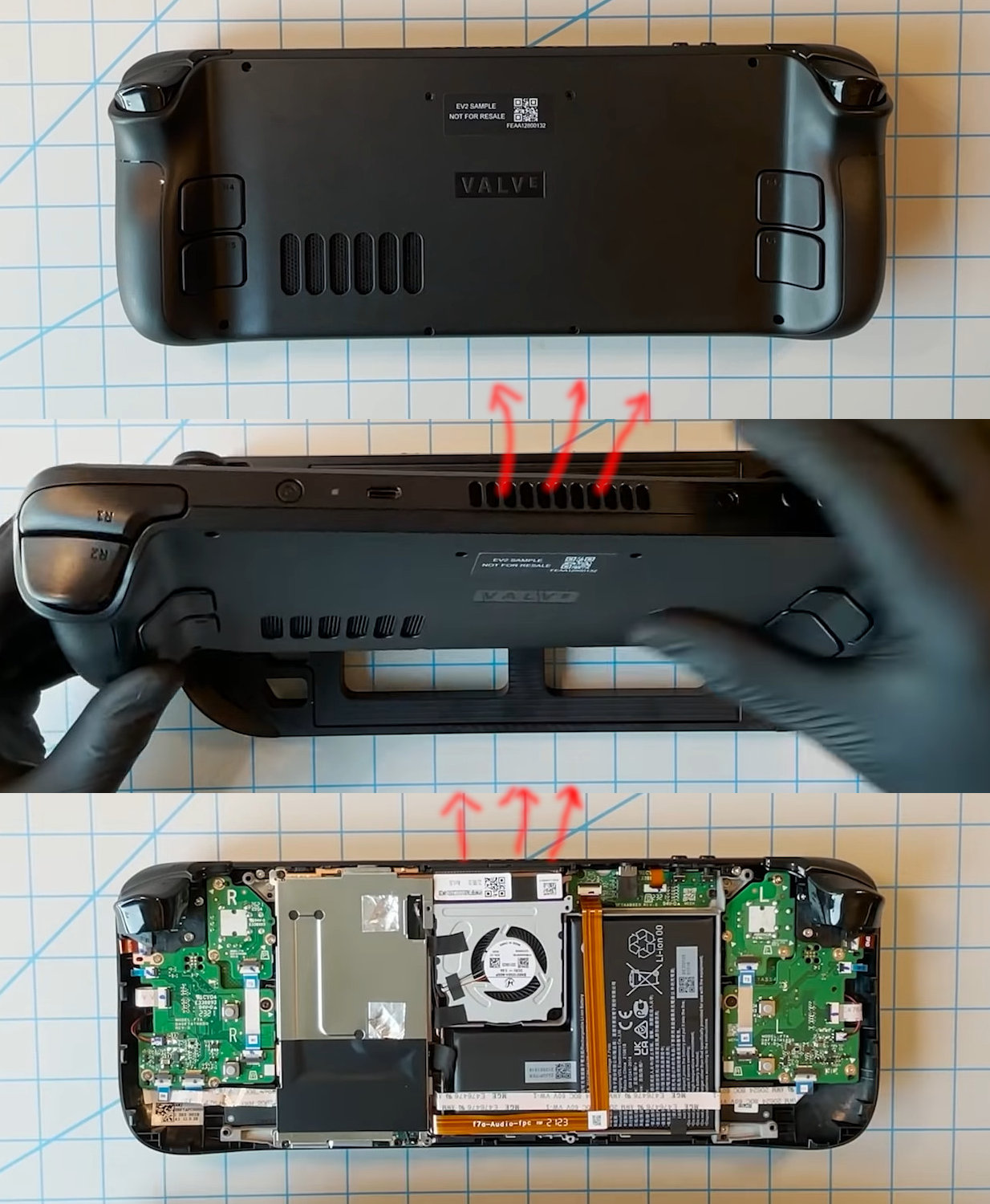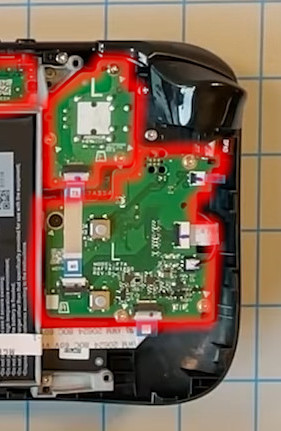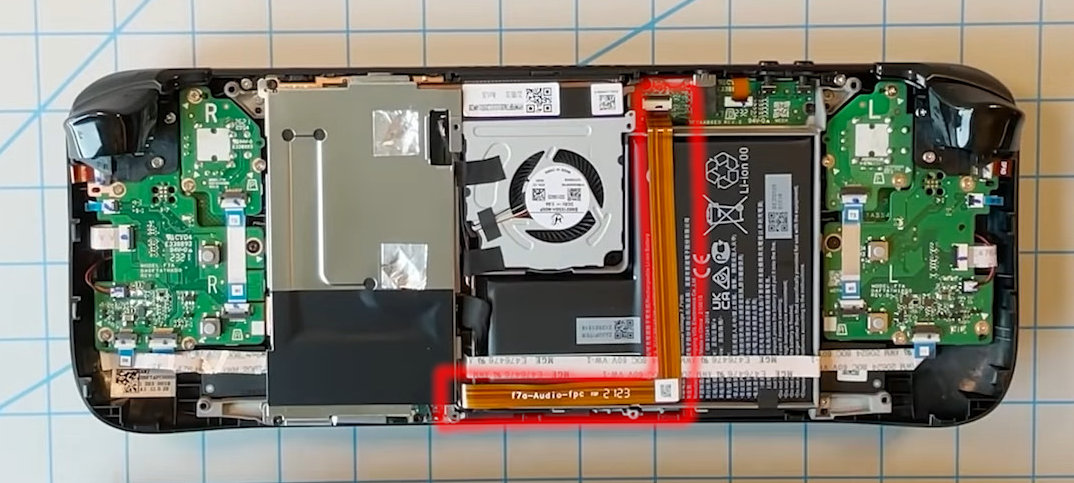Steam Deck Teardown: How Valve Designs Hardware
Last week, Valve released a teardown video showcasing the Steam Deck internals. This is almost becoming a trend, as Sony did something quite similar before they released the PS5 to the public.
The main difference with Sony here is that Valve starts by saying that “this is your device, you are free to do whatever you want with it, including opening it.” while they do not recommend you do for numerous reasons. Still, that feels so unusual to hear that it’s a breath of fresh air. And some journalists wonder why people like Valve…
Here’s the video below:
One of the coolest aspects was the drop tests - here’s an extract of that video that was only shown in the corner:
Drop tests are an essential part of product design and it’s very nice that they ended up showing what it looks like (I have witnessed such tests before first hand, and it’s always very impressive even when things fail).
So what’s to keep in mind about this whole video?
- 8 screws to open the whole thing: not too many, but not too few either.
- The screws can be easily striped - so you better not plan on opening this kind of things the whole time.
- Opening it up will make it less resistant to shocks and drops
- every part in the Steam Deck is custom, and replacing stuff can cause problems, for example interferences and higher power consumption if you use an off the shelf SSD.
- there will be a source/supplier for replacing the official components - this will be announced at some point.
- The M.2 connector type is 2230 and only accepts this size.
More importantly, this shows that the battery (which is probably the component that will fail first) is easily accessible and replaceable (and hopefully not glued).
The cooling system is now very clear based on the different views:

The fan is in a central position, and on the left is a big heatsink covering the chip and the NVME drive.
Also, the Steam Deck internals are not assembled using a single PCB on which everything is soldered, which is quite often the case for handheld hardware. Here, instead, we can see on the side that there are three different boards connected to each other, probably made for replacement purposed (so that you can replace the nubs as well as the haptic sensors in case they break or become dysfunctional).

One of the oddities is this long cable going from the top to the bottom across the battery - it seems to be an audio cable, in a somewhat akward position.

It is probably going to the speakers placed somewhere at the bottom of the unit. I wonder if it’s only at the development stage or if the final hardware will still have this long cable crossing the board.
In any case, Valve has certainly shared quite a bit of info with us again in this video, and this several months ahead of the official release. I would expect a lot more details (both about software and hardware) as we come closer to the launch window.
